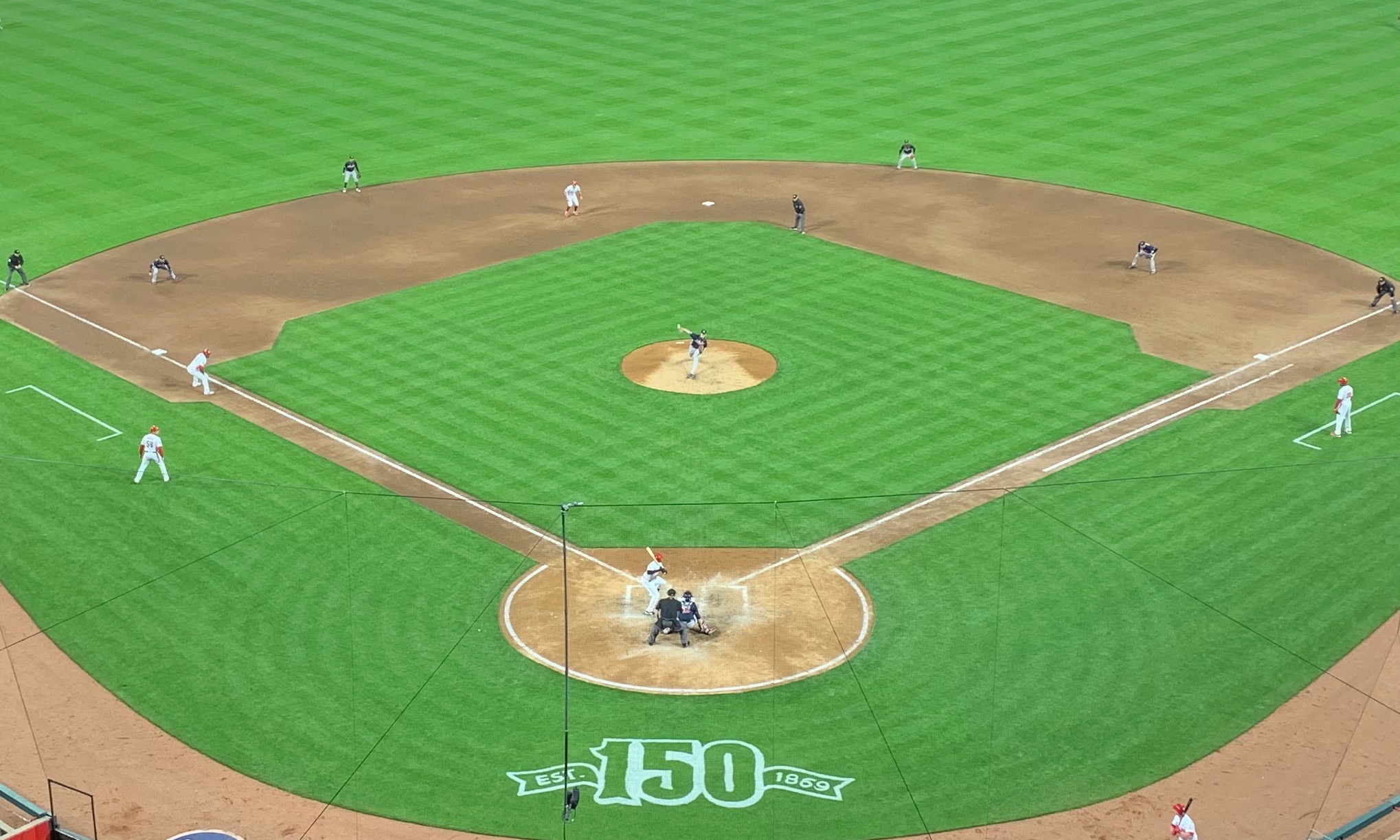
Defensive shifts go back almost to the start of baseball. Take three minutes and listen to legendary Dodgers broadcaster Vin Scully talk about the history of shifts. (And who knew that play-by-play broadcasters could study topics to prepare for their job?)
While it may be an old practice, the strategy — defined here as playing three infielders on one side of second base — has increased rapidly in recent years. In 2019, major league teams shift 25% of the time. That’s more than twice the rate just two seasons ago. The trend is a product of teams having better batted-ball data and being willing to put their defenders where the data shows a batter hits it.
Defensive shifts have become so commonplace, we ought to quit treating the practice as exotic. Let’s call it “defense” not “the shift” — as in “the batter hit the ball right into the defense” or “the batter hit the ball where the defense wasn’t playing.”
There is plenty of evidence about the effectiveness of defensive shifts, including research on how batters have responded to it. Instead of concentrating on bunting or hitting ground balls to the opposite side of the field — what most old-school analysts and broadcasters seem to want — batters are finding success by hitting over the shift. Fly ball rates are up when batters face infield shifts.
But this isn’t meant to be a post about the wisdom of the shift.
I was curious how the Reds compared with other teams in how often they shift. It turns out David Bell’s team is a bit higher than average in their shift rate, at 25.8%. That ranks them 11th out of 30 teams. We have a handy chart from Baseball Savant:

2019 is the first time the Cincinnati Reds have been above average in shifting percentage. For example, last season, they only shifted 9.5% of the time, ranking 25th. So the emphasis (or at least keeping up with current practice) is new for the Reds, surely influenced by the arrival of David Bell and his coaching staff.
Defensive shifts are a small part of the winning-losing equation. Hitting, pitching and defensive skill play more important roles in success than positioning. Batters are counteracting the defense. But still, it’s interesting to see which teams shift the most.
The defending World Series champions and first-place Astros shift 50% of the time. That’s the most. The World Series runners-up and first-place Dodgers shift 48% of the time. That’s the second-most. The Dodgers are tied with the Yankees for the best record in baseball. The Yankees are #9 on this list Twins, another first-place team are #4.
There are successful teams at the other end of the shift percentage rankings. The Nationals are #29, Cleveland is #25 and the Braves join them in the bottom 10.
And defensive shifts alone don’t guarantee success in the W-column. Just ask the 39-83 Baltimore Orioles, who shift 46% of the time.



Does the shift change how you evaluate players defensively? Does the new infield at 2b/SS/3b need more versatility and skills due to positioning? Seems to be Nick Senzel could be even more valuable in the infield.
Your third baseman needs to be able to play in the shortstop or second base position. Agree on Senzel’s value. One aspect of the dynamic you raise is teams with immobile 3B (not sure who those are any more) might shift less. Current player talent may influence the frequency of shifting.
The 26 man roster is interesting as well next year. Lorenzen gives Bell outfield insurance. Farmer gives versatility and catching depth. Galvis and Iglesias give SS depth and versatility with good infield defense. I’d like Senzel to be in the mix in the infield as well. Peraza seems to be the odd man out as an expensive utility player.